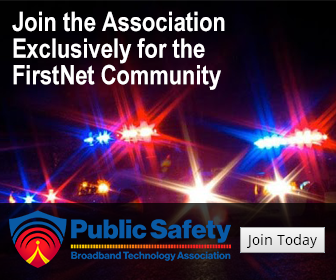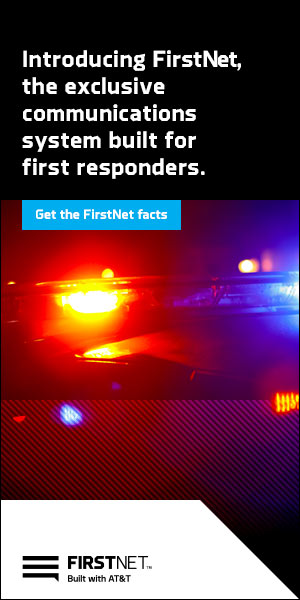by AllThingsECC.com | Aug 10, 2021 | Articles, Comm Center News
One hears phrases like “communication is key” and “we need an open line of communication” so often in everyday life that it has become a cliché. But, when it comes to public safety and first responders, this cliché is a stark reality.
From the moment the call comes into the 9-1-1 center, a metaphorical, and literal, switch is flipped. Without reliable communications, that call can’t be dispatched, and those officers can’t respond. Fortunately, grant funders on both the federal and state level are aware of the necessity of reliable radio communications and have provided numerous resources for public-safety agencies…
by AllThingsECC.com | Aug 8, 2021 | Articles, Comm Center News
In April 2021, BadVR was awarded $1.1M for the Public Safety Innovation Accelerator Program: Augmented Reality (AR) cooperative agreement.
As data grows dramatically in scale and complexity, existing analysis tools struggle to keep up. Within the public safety sector, the stakes are raised as people’s lives and livelihoods are at risk. Real-time information from traffic cameras, IoT sensor networks, and even health monitors can influence life-or-death decisions during emergency response. When that data is overwhelming or confusing, it impedes the effectiveness of this response and disrupts situational awareness. Fortunately, AR offers a new opportunity for much-needed innovation in analytics and visualization that hopes to make an immediate and significant impact on first responder operations and communications…
by AllThingsECC.com | Aug 5, 2021 | Articles, Comm Center News
First, some clarification. “Mission-Critical Push-To-Talk” (MCPTT) is the form of Push-To-Talk (PTT) the 3GPP standards body developed in accordance with its PTT standard. However, networks, including FirstNet (Built with AT&T), are not using the term “mission-critical.” I seem to have confused some readers last week and I have been fielding questions about Motorola’s new offering, which, according to Motorola, will be fully-compliant with the 3GPP standard except it does not support off-network communications (ProSe).
Samsung developed the first PTT to meet the 3GPP standard and it is being offered on FirstNet as “FirstNet PTT.” Motorola’s offering will be the second 3GPP-compliant PTT application available on FirstNet. While it meets the 3GPP PTT standard, it will not use the term “mission-critical” either…

by AllThingsECC.com | Aug 5, 2021 | Articles, Comm Center News

With EMMA, public safety responders get emergency event and threat information quickly and efficiently — ensuring that first responders have critical, decision-making information as soon as it is available.

EMMA (Emergency Management Mobile Application), developed and supported by Think Safe, Inc. in Cedar Rapids, Iowa, is a cross-platform patented software solution with alerting, communication, and management features…
by ECC Editor | Aug 4, 2021 | Articles, Comm Center News
Federal funding to accelerate deployment of IP-based next-generation 911 (NG911) technology is not included in the bipartisan infrastructure bill introduced in the U.S. Senate, according to the text of the massive $1.2 trillion spending package that was released yesterday.
Many in the public-safety community have been anticipating the language in the infrastructure bill, in hopes that it would include funding to implement NG911 in public-safety answering points (PSAPs) across the country. In March, a Democrat-led U.S. House infrastructure proposal called for $15 billion for NG911, but none of the subsequent infrastructure proposals—from Republicans, the White House or this latest bipartisan Senate bill—has included any mention of NG911 funding… READ MORE
by AllThingsECC.com | Aug 4, 2021 | Articles, Comm Center News
Wireless carriers and public-safety organizations weighed in on the FCC’s proposal for changing its rules governing notification of disruptions to 9-1-1 service to public-safety answering points (PSAPs).
In April, the FCC released a third notice of proposed rulemaking (NPRM) proposing changes to its notification requirements. Those changes included harmonizing PSAP outage notifications, mandating the delivery of specific information, requiring carriers to notify consumers of 9-1-1 outages and establishing a timeframe for notification of PSAPs.
Telecommunications service providers and the organizations representing them said that they support the FCC’s goal of improving outage notifications to PSAPs but expressed concerns about several of the proposed rules including the timeframe for providing notice of an outage to PSAPs and a requirement to notify customers of 9-1-1 outages….




